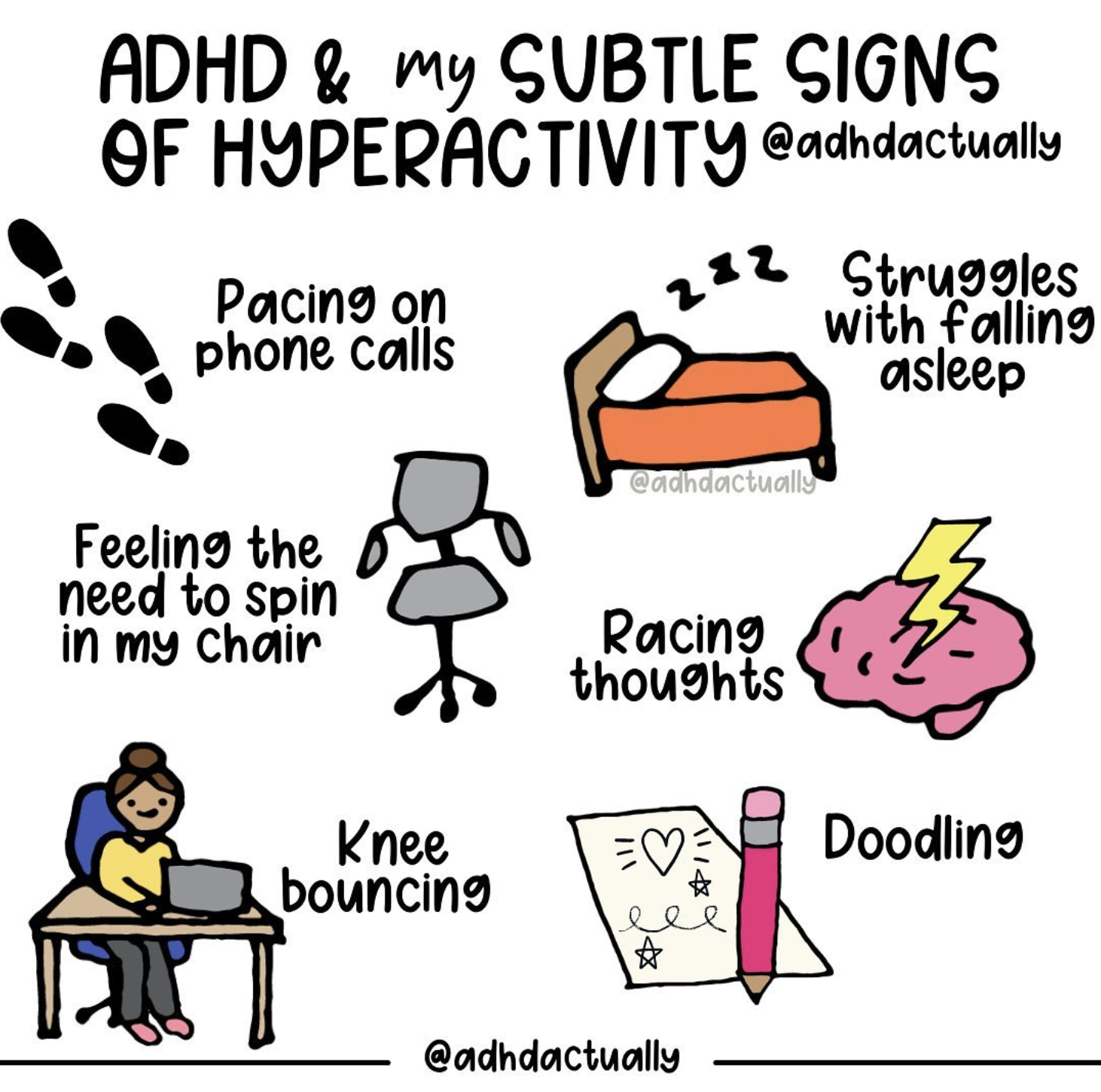What ADHD Combined Type Actually Looks Like
July 16, 2025

What are the main types of ADHD?
ADHD has 3 main types. They are ‘predominantly inattentive’, ‘predominantly hyperactive-impulsive’, and ‘combined’. As the name suggests, the ‘combined’ type of ADHD presents as a mixture of symptoms from the other 2 types of the condition.
Here’s an outline of common ADHD symptoms for the hyperactive-impulsive and inattentive types, which may also be present in the combined type.

How does combined type ADHD present?
Because combined ADHD is a mixture of the inattentive and hyperactive-impulsive types, there are many ways it can present, since there are a variety of symptoms associated with each type that could occur in someone with combined ADHD.
Because of this, some people might find it hard to identify that they have ADHD, or may have difficulty achieving a diagnosis, because their symptoms don’t fully align with one of the hyperactive-impulsive or inattentive types of ADHD. The interplay of hyperactive-impulsive and inattentive symptoms can also bring unique challenges. For example, the inattentive difficulty with focus may be exacerbated by the hyperactive-impulsive symptom of feeling restless.
Instagram user @adhdactually shared some visual guides about their experience with combined ADHD:



Diagnosing combined type ADHD
The diagnostic criteria in the Diagnostic and Statistic Manual (DSM) states that for children 17 and under, at least 6 symptoms of both inattentive and hyperactive-impulsive ADHD should be present. For those aged over 17, 5 symptoms of each type are required. The inattentive and hyperactive-impulsive symptoms should also be balanced, so that the symptoms from one type do not clearly dominate over the other.
For an in-depth look at how ADHD is diagnosed, click here to read our blog post on Getting an ADHD Diagnosis.
Think you might have combined type ADHD?
If you think you might have symptoms of ADHD and want to track them, using a tool such as a mobile app might be a helpful way to accurately record your health journey, especially if you’re on the path to seeking a diagnosis and want to show your healthcare team how your symptoms are affecting you.
Human Health is a free app that helps you track ADHD signs and symptoms daily, as well as any treatments or interventions you may be using. It also has notifications, so you never forget to record a symptom or complete a treatment.
You can download the app here, or by searching for ‘Human Health’ on the App Store or Google Play.
Resources
UpToDate – Attention deficit hyperactivity disorder in children and adolescents: Clinical features and diagnosis.
This is a div block with a Webflow interaction that will be triggered when the heading is in the view.










.jpg)





.png)

